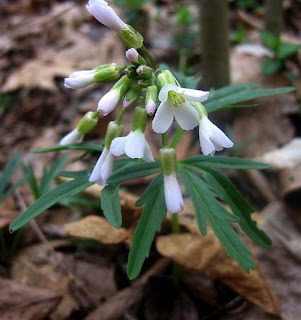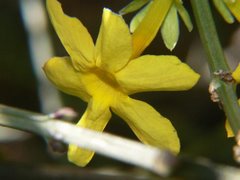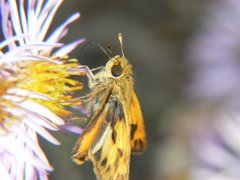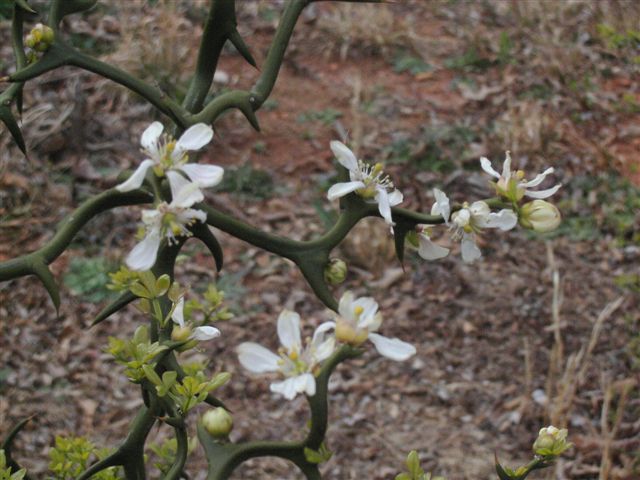The spring peepers are peeping; there’s a green haze through the woods and the air is warm and caressing. Yep, spring has once again come to Crowley’s Ridge.
This ridge is a unique landform, an upland in the lowlands, which rises in southern Missouri and extends southward 150 miles into northern Arkansas where it tapers off west of Memphis, Tennessee. Poking above the surrounding floodplain, it resembles an island in the middle of an ocean. Windblown loess, easily eroded, gives many parts of the ridge its rugged, distinctive deep ravines and steep bluffs which rise to 550 feet.
Some geologists think that this narrow ridge is the strip between the two old channels of the Mississippi River while others believe it was uplifted by a folding of the earth’s crust. Since the area elevation has increased over the years, this theory has some credence.
The vegetation on Crowley's Ridge is more like that found in the Appalachian Mountains to the east than the closer Ozark Mountains to the west. Examples are the American beech (Fagus grandifolia) and the Tuliptree (Liriodendron tulipifera), a yellow poplar which in this area is found growing wild only on the ridge. Ferns and wildflowers abound here from early spring to late fall.
Traditional images of pearly gates and streets of gold have never attracted a plant geek like me but the little woodland plants that are common on Crowley’s Ridge and native to much of the eastern United States are a source of great joy – heaven - to me!
Podophyllum peltatum![]()
Our woods are full of May-apple (Podophyllum peltatum) which at maturity are 12-18 inches. Opening in April, the waxy, white flower attached to the crotch of two large umbrellalike leaves is usually hidden. The edible fruit ripens in May, hence the name.
Dentaria laciniata
The tiny Cut-leaf Toothwort (Dentaria laciniata) is also common in our woods. According to the Doctrine of Signatures, a plant that looked like part of the body was good for treating ailments of that part. Since the small flower in bud resembles a tooth, it was thought to be useful in treating teeth problems. This concept was employed by the herbalists of the Renaissance, and was accepted until the latter part of the 19th century.
Sanguinaria canadensis
Another plant that thrives on Crowley’s Ridge is the Bloodroot (Sanguinaria canadensis). The pale green, palmate, lobed leaf is wrapped around the single, short-lived, dazzling white flower as it emerges and opens.
Though these spring flowers are quickly gone, pausing to open ourselves to their fleeting beauty is to enter into the great cycle of life.
Earth's crammed with heaven.....
- Elizabeth Barrett Browning




3 comments:
Whatayamean "almost"? Besides the heavenly spring bursting forth, the neighbors here are awesome...
Who doesn't love bloodroot? Gotta love those natives...plants that is.
Hello, I found the following plants on this website: stevesplantsandrants.blogspot.com where can I get the following: the may-apple, the tulipa "queen of sheba", Japanese spicebush, and the crinium moorei, crinium jubilee, crinium erubescens and crinium americanum plants from? Or better, where can I buy them as a little plants and grow them?? I'm presently residing in northern VA
Post a Comment